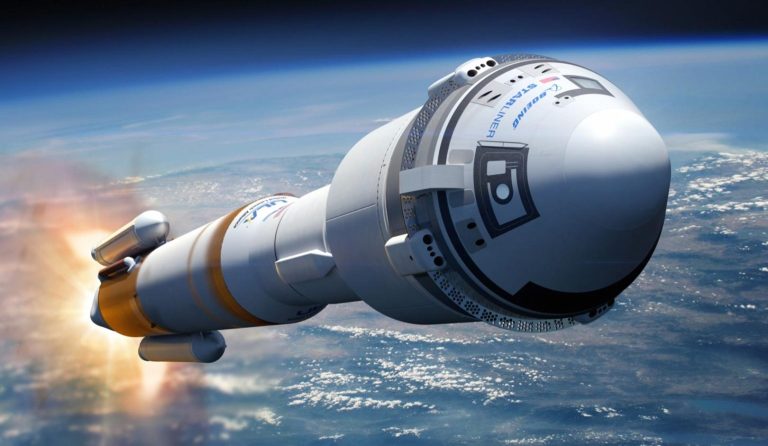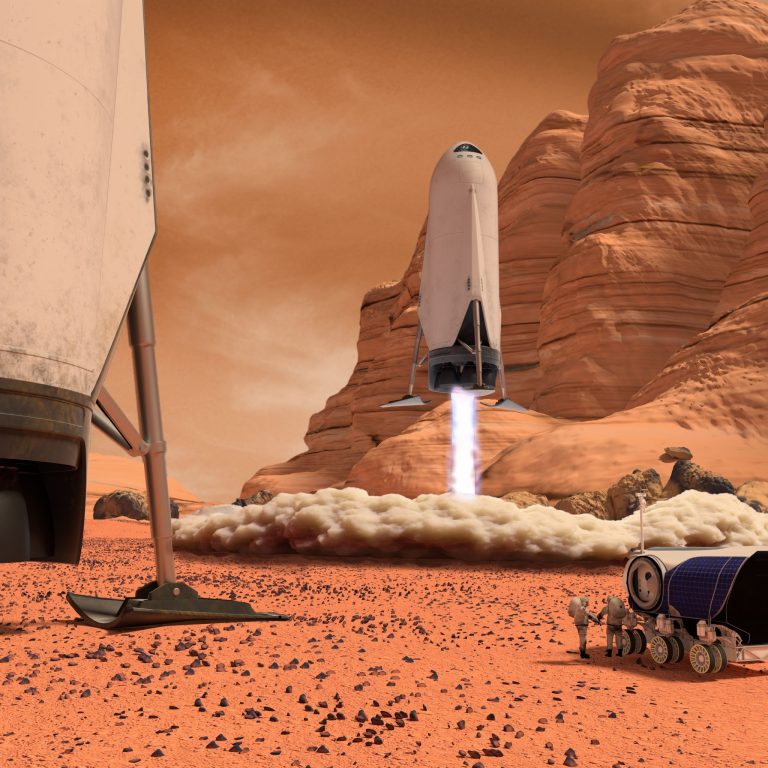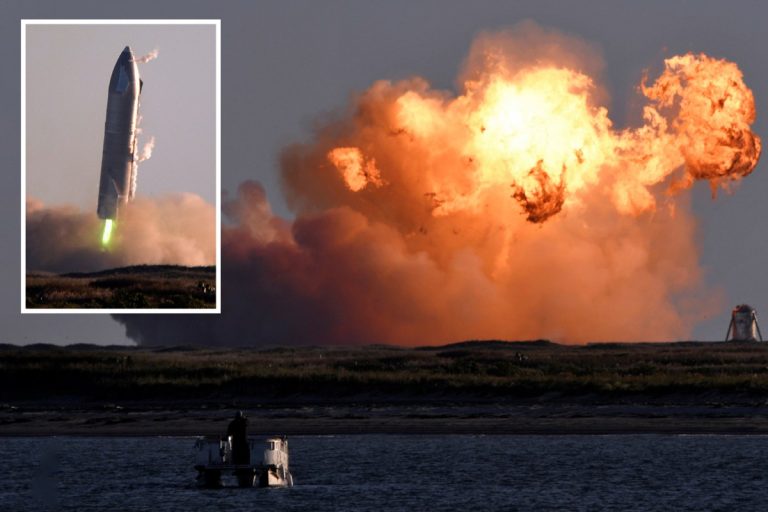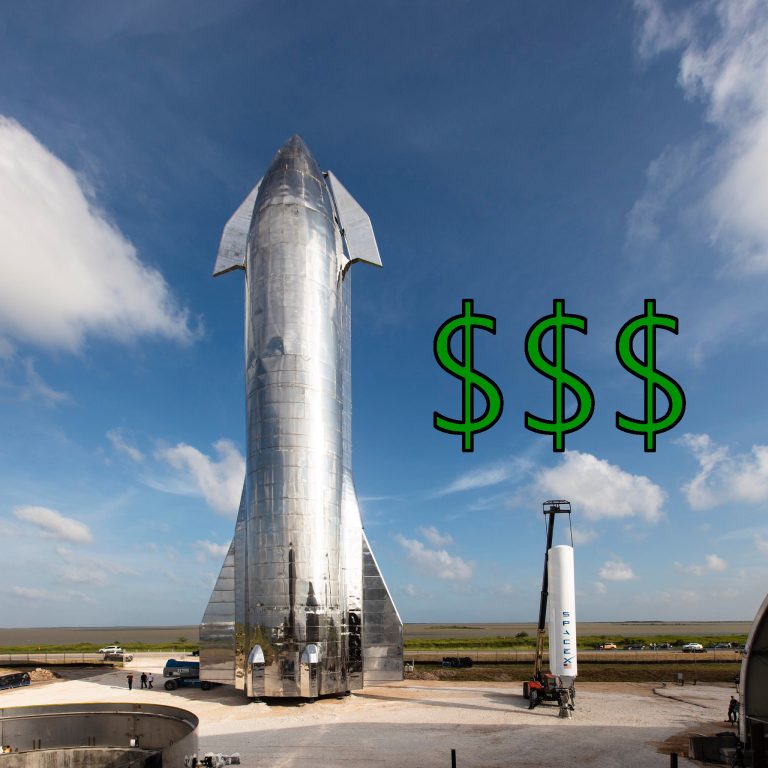Starliner’s Valve Woes Point to a Larger Issue

Public patience with Boeing’s Starliner program wears thin with each successive delay. The latest setback, attributed to faulty valves yet again, throws a spotlight on a troubling pattern of underperformance that plagues this critical project. While pointing fingers at the valve supplier might be tempting, it does little to address the root cause of these persistent issues.
The blame game is a tiresome exercise, particularly when dealing with a program of Starliner’s caliber. This is not a project cobbled together in a high school garage; it’s a multi-billion dollar endeavor spearheaded by a company with a rich aerospace heritage. Boeing’s reputation precedes it, and frankly, the American public deserves better.
There’s a sense of déjà vu surrounding Starliner. We’ve seen this movie before: critical deadlines missed, technical hurdles seemingly insurmountable, and a cloud of uncertainty hanging over the entire program. One wonders if the initial optimism surrounding Starliner – a beacon of American innovation poised to rival its SpaceX counterpart – has been misplaced.
Let’s not mince words: space exploration is a complex and unforgiving endeavor. Every mission, every launch, is a testament to human ingenuity and our collective thirst for knowledge. But even the most ambitious undertakings require a foundation of competence, and frankly, Starliner’s repeated valve woes paint a concerning picture.
Valves, while seemingly mundane components, play a critical role in spacecraft. Their failure can have catastrophic consequences, rendering a multi-million dollar spacecraft nothing more than an expensive paperweight. The fact that Starliner has grappled with valve issues not once, but twice, raises serious questions about Boeing’s overall quality control and integration processes. Are corners being cut? Is there a lack of communication or oversight within the program?
These are questions that Boeing needs to answer, and soon. The spacefaring public deserves transparency. We need to know, definitively, what’s ailing Starliner and how Boeing plans to fix it. Platitudes and reassurances won’t suffice. We need a concrete plan, a roadmap to get Starliner back on track and fulfill its promise of ferrying astronauts to the International Space Station.
The longer these delays persist, the more one wonders if the resources poured into Starliner could have been better allocated elsewhere. Private space companies like SpaceX have made significant strides in recent years, demonstrating a level of agility and innovation that seems lacking in the Starliner program. Is it time for NASA to re-evaluate its crewed spaceflight strategy?
The stakes are high. American leadership in space exploration is not a birthright, it’s something that needs to be earned through consistent excellence. Starliner’s ongoing struggles threaten to cede that advantage to our competitors. Let’s hope Boeing can course-correct, address the program’s shortcomings, and finally deliver on the promise of a reliable and safe American spacecraft. The future of human spaceflight hinges on it.





